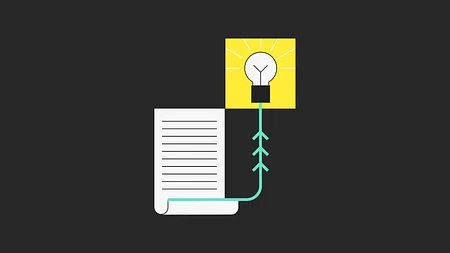Wrapped DeFi is taking financial innovation to new heights

There’s quite a lot of technical lingo in this Unfiltered. We know that’s not really our style, but we’re talking about some big ideas here. If you’re into crypto and keen to see what else we know, get in touch.
This is taken from our Unfiltered newsletter. Subscribe now for a no BS, uncensored analysis of fintech news and hot topics delivered to your inbox each fortnight.
It’s no secret that incumbents’ traditional legacy platforms weren’t designed to be open or publicly available, so is it any wonder that innovation happens at a snail’s pace? Collaboration suffers due to corporate governance and office politics, while regulation struggles to keep up with innovation. It’s a long and painful process.
And that’s where crypto comes in. It’s collaborative, open source and capitalised. It’s pushing the envelope at a dizzying pace, making life more dynamic and inviting incumbents and regulators to play with the discovery, understanding and possibilities of the new primitives of Web3 - ownership, composability and decentralisation. Nowhere is this more visible than with wrapped DeFi, which merges decentralised finance with another device you might’ve heard of - NFTs.
But how does this work and what does it enable? Through open source software, money LEGO and low/no-code. Here’s a rundown of what that looks like. And why taking advantage of these amazing capabilities is a must, not an option.
Open source is a major accelerator of innovation
Open source software lets several different groups of developers contribute towards building a project or developing a new one from an existing code base - the so-called forks. Forks can be hard or soft depending on how much you want to rip up the floorboards and start over. Soft forks are incremental changes that don’t generate a completely new code base, allowing for progressive improvements and innovations in the same project. Hard forks generate a very different, incompatible and disruptive code base, breaking with the common thread of the original project.
Combine this amazing software with VC funding - and there has been a lot in recent months - and you get a scenario where innovation is leaving adoption in the dirt.
Money LEGO is the poster child of composability
Composability is a Web3 primitive. It’s all about developing, combining and recombining parts of a system to offer new solutions to old problems.
Decentralised finance (DeFi) protocols are changing the financial strategy game. Investors can stake digital assets in exchange for a yield reward paid by the protocol. Users can borrow digital assets by placing other digital assets as collateral. Governance tokens can be used to trade, delegate and vote. The sky is quite literally the limit.
These increasingly hi-spec strategies and incentives are what’s known as money LEGO. The name is fitting - they’re the building blocks of the future.
These increasingly hi-spec strategies and incentives are what’s known as money LEGO. The name is fitting - they’re the building blocks of the future.
Low-code and no-code foster adoption
Building forks and developing smart contracts requires a lot of technical know-how. So to overcome this adoption barrier, the market is slowly moving towards low-code and no-code solutions for a number of uses.
A few examples of this trend have caught my eye recently. New players are making it possible to programme DeFi strategies in a user-friendly way and monetise them. Stacked Invest, Nested Finance and Weave Financial are just a few examples.
Users of Stacked Invest can define and automate their own investment strategies, ‘subscribe’ to other investors' strategies and even put their own strategies up for sale on the marketplace. These features still happen in a relatively centralised environment, but alternatives that ‘package’ these features have already emerged.
Wrapped DeFi is blending all of this together
Basically, wrapped DeFi is the minting of an NFT that records a decentralised finance strategy, allowing the investor to trade and monetise this strategy in addition to the direct monetisation with digital assets.
With strategies encapsulated in an NFT, the functionality of this type of token opens the door to a range of monetisation possibilities:
Subscription: When the NFT is ‘rented’ or ‘subscribed’ to by another investor, the issuer is rewarded with a pre-defined fee
Royalties: When the signed NFT strategy generates results, a percentage of that return can be attributed to the issuer of the NFT
Composition: Two or more NFTs can be combined, generating a third strategy and an additional monetisation possibility for the creator of this combination
Secondary: NFTs can be offered on the secondary market, allowing the issuer to receive royalties for reselling the NFT
And that’s not all. These protocols offer their users rewards in the form of platform tokens according to their use. These tokens can then be used in pairs to provide liquidity on the platform itself, as a vote to decide the direction of the platforms and also as currency to buy or subscribe to the NFTs of the strategies available on their marketplaces. The possibilities are endless, and the protocols create incentives for adoption and continuous use.
The possibilities are endless, and the protocols create incentives for adoption and continuous use.
My unfiltered opinion
We have a responsibility to understand these possibilities and adopt these innovations. Wrapped DeFi offers an innovation engine the likes of which we have never been seen before in the history of finance. Innovation is outpacing adoption at an unsustainable rate and the capabilities offered by legacy platforms are no longer fit for purpose. We need to embrace the future and we need to embrace it now.
Based on an original article published in Cointelegraph Brasil.



